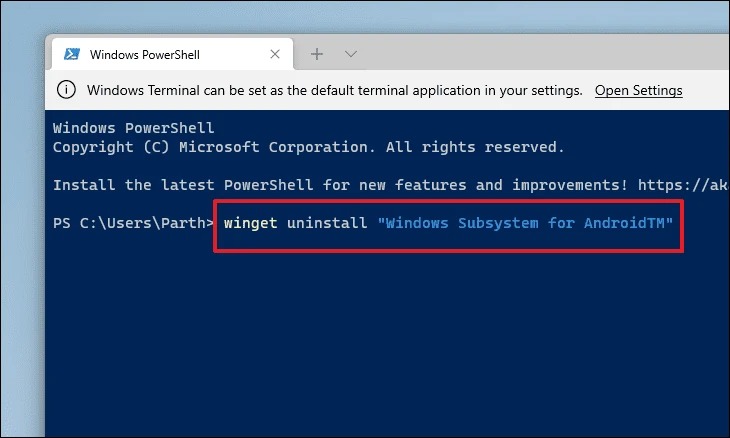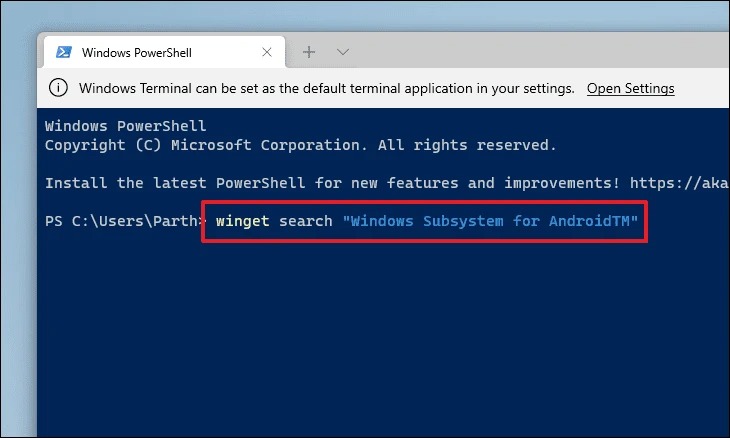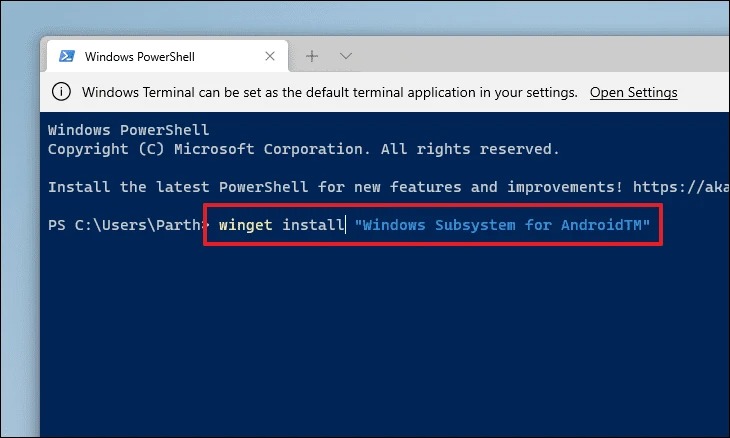Some users (even me) are unable to open the Android apps on their PC. While for some users, their Android apps crash again and again. Fortunately, these software-based issues are easy to fix, and we know how to do the same with ease. Therefore, in this guide, we’ve shared working solutions that can help you make all the apps work again properly.
Why Are Android Apps Not Working Properly on Windows 11?
There isn’t a specific reason for this issue. During the research, we found there are several reasons behind this issue. In this section, we’ve listed some of the most common reasons that are expected to cause these issues.
App Compatibility Issues Critical Services Not Functioning Properly Improper Settings App Is Outdated Presence of Malware or Virus Windows’ Latest Build Has Some Bugs Issues With the User Account Corrupted App Cache & Temporary Files
These are some common reasons for the ill-functioning of Android apps on Windows 11.
Fix Android Apps Not Working on Windows 11
Here in this section, we’ve mentioned the 16 best solutions that have the potential to resolve these issues with the Android apps on Windows 11 with ease. We suggest trying all the below-mentioned fixes carefully. Let’s start with our first workaround.
1. First, Restart the Device
The most common yet effective solution to fix this issue is to restart the system. Sometimes, simply rebooting the system fixes the issue and eliminates the steps of trying other workarounds. To restart your Windows 11 PC, open the Start menu, right-click on the Power button, and then select the Restart option from the menu. Once the device is restarted, check if the issue is resolved. If the issue is still there, continue following other troubleshooting methods.
2. Make Sure Your PC Can Run the App
One of the biggest advantages of sideloading apps is that you can easily install all Android apps on your Windows 11 PC. You can even install those apps that aren’t even compatible with your Windows PC. Now, here, things get quite trickier. Because of this, it becomes difficult to find whether the app we’re installing is compatible with Windows 11. It could be possible that the Android app you’re trying to open on your Windows PC isn’t compatible with it, which is why it isn’t opening. In that case, the most suitable option is to reinstall the app or update it to the latest version.
3. Restart the Windows Subsystem for Android
- To start, open the Search Box, type Windows Subsystem for Android, and open it from the Best match section.
- Next, search for Turn off Windows Subsystem for Android in the Windows Subsystem for Android section and click on Turn off next to it.
- Once WSA is turned off, relaunch an Android app on your Windows 11 PC to restart the WSA service. Once the Windows Subsystem for Android is rebooted, try to open a few Android apps and check if they can open properly now.
4. Run a Quick Virus Scan
We found that viruses and malware in the system can also lead to these issues. This could be the same in your case, and you can find it out with some simple troubleshooting. You can try running a quick virus scan and remove all the infected files from the computer. Here are the steps to run a quick Virus scan using the built-in Malware Removal tool:
- Launch Settings on your Windows 11 PC using the Windows + I shortcut and proceed to the Privacy & security section from the left navigation pane.
- Now, expand the Windows Security section in the Privacy & security section and click the Open Windows Security button.
- Move to the Virus & threat protection section and click on the Quick scan button to begin the viruses and malware scan and wait for the scan to complete. If the scan finds some infected files on your Windows 11 PC, it’ll list them in the Current threats section. You can follow the on-screen steps to delete them from the PC.
5. Force Close & Restart the App
If the issue is with a particular Android app, then it can be easily fixed by force closing and restarting it. Doing so will close the app completely and restart all its tasks again. You can force close the app from the Installed apps section of the Settings app. We suggest you follow the below-mentioned steps to do the same with ease:
- Move to Settings of your Windows 11 PC and navigate to the Apps section from the left navigation pane.
- Next, proceed to the Installed apps section in the Apps section and search for the Android app you’re facing issues with and want to force close.
- Once the app is found, click on the three horizontal dots at the far right edge and select Advanced options.
- Following that, scroll down until you see the Terminate section. Then, click on Terminate in the Terminate section to close the app and its processes. Once the Android app is force closed, relaunch the app and check the issue’s status. If the issue isn’t resolved, implement other troubleshooting methods.
6. Change Subsystem Resource Settings to Continuous
It’s possible that WSA isn’t getting enough resources to operate properly, which is why you’re facing difficulties while using Android apps on your Windows PC. You’ve to make sure that this service gets sufficient system resources to function smoothly. To ensure this, you can set the Subsystem resources option to the Continuous option. Here are the steps to do the same with ease:
- To do so, open the Start Menu by clicking on the Windows icon in the taskbar and then click on All apps.
- Now, search for Windows Subsystem for Android Settings in the All apps section and launch it on the system.
- Once the Windows Subsystem for Android Settings is opened, move to the System section and then search for the Subsystem resources option.
- Lastly, make sure the Subsystem resources option is set to Continuous. If it isn’t set to Continuous, then select Continuous from the menu to do the same. Once all the required changes have been properly made, restart your Windows 11 PC. After rebooting the PC, check if the issue is still occurring.
7. Enable the Control Flow Guard Option
While searching for the best fixes, we found that keeping the Control Flow Guard (CFG) option disabled can also cause issues while using Android apps on the computer. If you disable the Control Flow Guard feature, your Windows won’t be able to fight against memory corruption vulnerabilities, which will make your PC vulnerable to ransomware attacks. Thus, you must ensure that the Control Flow Guard option is enabled on your Windows 11 PC. Follow the below-mentioned steps to turn on the Control Flow Guard option:
- To start, open the Search Box by pressing the Windows key on your keyboard and type Virus threat & protection in it.
- Select the Virus threat & protection program from the Best match section and move to the App & browser control option from the left navigation menu.
- Click on the Exploit protection settings option in the Exploit protection section and search for Control Flow Guard (CFG).
- In the end, make sure the Control Flow Guard (CFG) option is set to Use default (On). If it isn’t enabled, enable it by doing the same. Once done, restart the system and check if you can launch Android apps on your Windows 11 PC without any issues.
8. Make Sure Developer Mode Is Active
To use Android apps seamlessly on your Windows 11 PC, you must ensure the Developer Mode is enabled. This will ensure you can install apps from third-party sources and run them with ease. Otherwise, you can face issues running Android apps on your Windows PC. So, follow the steps below to check if the Developer mode is enabled on your PC:
- To start, open the Settings app on your Windows 11 PC, and move to the Privacy & security section.
- In the Privacy and security section, expand the For developers section and make sure the Developer mode toggle is turned on. After enabling the Developer mode, restart your Windows 11 PC and check whether the issue is resolved.
9. Verify if the Virtual Machine Option Is Enabled
Suppose you’ve already enabled the Developer Mode and are still facing the same issues repeatedly. If that’s the case, we suggest ensuring that the Virtual machine option is enabled on your Windows 11 system. Keeping this option enabled is necessary as this helps Android apps and other programs function efficiently and effectively. Follow the steps below to make sure the Virtual machine option is enabled on your Windows 11 PC:
- First, press the Windows key on your keyboard to open the Windows Search Box, type Control Panel in it, and select the app from the Best match section.
- Once the Control Panel is opened, open the Programs section and proceed to the Programs and Features section.
- Next, select the Turn Windows features on or off option from the left navigation pane and then tick the Virtual Machine Platform checkbox.
- Once done, click the OK button in the Turn Windows features on or off tab to save all the recently made changes. Lastly, restart the system and check the status of the issue with the affected app.
10. Clear the App Cache & Temporary Files
When we install Android apps on our smartphone or system, it immediately starts producing cache files. These cache files are temporary files the app creates and stores in the storage to perform certain functions quickly without using a lot of system resources. But with time, the cache files become junk and lead to different issues. Therefore, it’s always recommended to clear the app cache from the device after a certain time. You can also try to clear the app cache and check if it makes the app work again. To do so, follow the below-mentioned steps:
- To start, locate the app on the PC using the Windows Search Box, right-click on it in the search results, and then select App settings from the menu.
- Now, proceed to the Storage & cache section.
- Click on the CLEAR STORAGE option and then the CLEAR CACHE option. Doing this will delete all the temporary files of the app from the device and free up some space. After deleting the app’s data and cache files, relaunch the affected app and check if it’s working properly or not.
11. Update the Android App
It could be possible that the app you’re facing issues with has some bugs. This is why developers regularly release new updates to fix bugs and make the app more stable. We suggest updating the affected app to see if it improves the situation. You can check the below-mentioned steps to know how to do the same with ease:
- First, move to the Android SDK Tools directory on your Windows 11 computer and paste the latest version of the app that you want to update into the same folder.
- Now, type cmd in the top address bar, and press the Enter key on your keyboard to open Command Prompt.
- Once the console is opened, copy-paste the below-mentioned command in it to uninstall the previous version of the same app from the device. Note: You need to replace the <packagename.apk> with the app file name.
- Once the app is uninstalled, type the below-mentioned command in Command Prompt to install the updated version of the app. That’s it. You can now check if the app is working fine or not.
12. Reinstall the Android App
If updating the app doesn’t make it work, then reinstalling the malfunctioned app will fix the issue and make it work again. This will delete all its existing data from the device and completely offload the app from the storage. It will also eliminate all the issues with the app. Here are the steps to reinstall an Android app on a Windows 11 PC: Note: Before following the below-listed steps, ensure you’ve got the .apk file of the Android app on your PC that you want to reinstall.
- To do so, open the Windows Search Box and type the app name in the search box that you want to reinstall on the system.
- Look for the app in the search results, right-click on it, and select the Uninstall option from the menu.
- Once the existing app is removed from the system, locate the .apk file in the system’s storage that you want to reinstall, and then double-click on it to open the installer. That’s it! You should now follow the on-screen instructions to reinstall the app. All the issues with the app must be resolved now.
13. Update Your Windows 11 PC
It could be possible that the Windows build you’re currently using has some bugs or incompatibility issues, which is why you’re facing these issues. The best way to get rid of these bugs within the system is to update the system to the latest build. You can try the same and see if it fixes the issue. Follow the below-mentioned steps below to update your Windows 11 PC:
- Open the Settings app on your Windows PC and move to the Windows Update section from the left navigation pane.
- In the Windows Update section, click on the Check for updates option to search for new Windows 11 updates.
- If Windows finds some new updates to install, click on Download and install all to install them on your Windows 11 PC. After updating your Windows 11 PC, check whether you can now use Android apps on your Windows 11 PC.
14. Set the Windows Subsystem for Android Settings To Default
In some cases, it’s found that incorrect WSA settings can also cause these issues, and this could be the same in your case. To overcome this, you need to make sure that all your Windows Subsystem for Android settings are correctly configured and not the culprit of this issue. But it’ll take a lot of time to determine what settings are wrong or not. In that case, the best solution is to revert the WSA settings to default. Doing so will instantly reset all the settings to the factory defaults and ensure all the settings are correct. The below-mentioned steps explain the exact process in detail:
- Open the Settings app on your Windows 11 PC, proceed to the Apps section, and search for the Windows Subsystem for Android.
- Next, click on the three dots at the far right edge and select the Advanced options from the dropdown menu.
- In the Advanced options section, move to the Reset section and click on the Reset option to get the reset option.
- Lastly, click on Reset to delete the app data from the system’s storage and revert all the settings to default. Once the Windows Subsystem for Android is formatted, check the status of the issue.
15. Try To Update the Windows Subsystem for Android
It could be possible that the WSA app has some bugs, which is why you’re unable to use Android apps properly on your Windows 11 PC. You can try updating the WSA app to the latest version to ensure this. In most cases, updating the app fixes the bugs with ease. So do the same by following the mentioned steps:
- To do so, open the Microsoft Store on your Windows 11 PC and move to the Library section by clicking on the Library icon at the bottom left corner of the window.
- Now, click on the Get updates button in the Updates & downloads section to search for new updates for all the apps installed on the system.
- After searching for new app updates, look for the Windows Subsystem for Android in the Updates & downloads section.
- If the Windows Subsystem for Android app is present in the Updates & downloads section, there will be an Update button next to it. You need to click on the Update button to install the latest version of the WSA app on your Windows 11 system. Once the Windows Subsystem for Android app is updated, close all the opened tabs, and reboot your Windows PC. After rebooting the system, try to open a few Android apps on your PC to check if they’re opening properly and not crashing while using.
16. Reinstall Windows Subsystem for Android on Your PC
If the issue is still there, even after trying all the fixes, then we suggest reinstalling Windows Subsystem for Android (WSA) on your Windows 11 computer. You’ve to start with uninstalling the existing WSA from the PC. Once the program is removed, you can reinstall Windows Subsystem for Android. It can be easily done using the Windows Terminal app. We assure you this will resolve all the issues with the WSA, and you won’t face the same issues again. Follow the steps below to reinstall WSA on your Windows 11 PC.
- To uninstall the existing WSA from the PC, open the Windows Terminal app and execute the below-mentioned command, and press Enter:
- Once the Windows Subsystem for Android app is uninstalled from the PC, type the mentioned command in the console and press Enter on your keyboard:
- Once the above-mentioned command is executed, copy-paste the below-mentioned command in the console and press the Enter key to reinstall Windows Subsystem for Android (WSA) on your Windows 11 PC: After executing the above-mentioned steps, the Windows Subsystem for Android must have been reinstalled on your Windows 11 system. You can now confirm if reinstalling WSA fixed the previous issue or not.
Can Windows 11 Runs Android Apps?
How Do I Enable Android Apps on Windows 11?
Why Are Android Apps Not Working on Windows 11?
There could be varied reasons for the non-functioning of the Android apps on your Windows 11 PC. But one of the most common reasons seems to be the issues with the Windows Subsystem for Android. In that case, you can try restarting the WSA on your Windows 11 PC. Check Fix 3 to know the steps to do the same.
How Do I Fix an Android App Not Responding on Windows 11?
If you’re having issues opening an Android app on your Windows 11 PC, you can try resetting it. Follow the below-mentioned steps to do the same:
- First, open the Settings app on your PC and move to the Apps section to view all the apps installed on the PC.
- In the Apps section, search for the program that you want to reset and repair and click on the three dots next to it.
- Move to the Reset section, and then click on Reset to delete the app’s data. Then, click on the Repair option to repair the non-functioning app.
No More Android Apps Crashing Not Opening Issues
Microsoft now lets us run your favorite Android apps on your Windows 11 PC. But the new Windows 11 is still not wholly competent to run Android apps smoothly. It keeps getting a lot of issues that never let us enjoy using Android apps on our Windows PCs. Fortunately, the workarounds mentioned in this guide can fix all kinds of issues with the Android apps on Windows 11. If you face the same issues, you can try the above-mentioned solutions to get the malfunctioned Android apps to a working state. Before saying goodbye, let us know which solution fixed the issue for you.
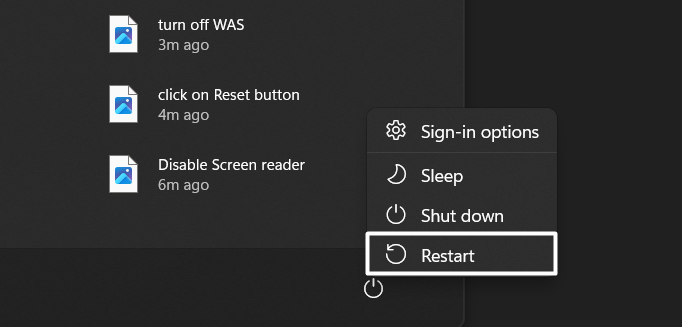
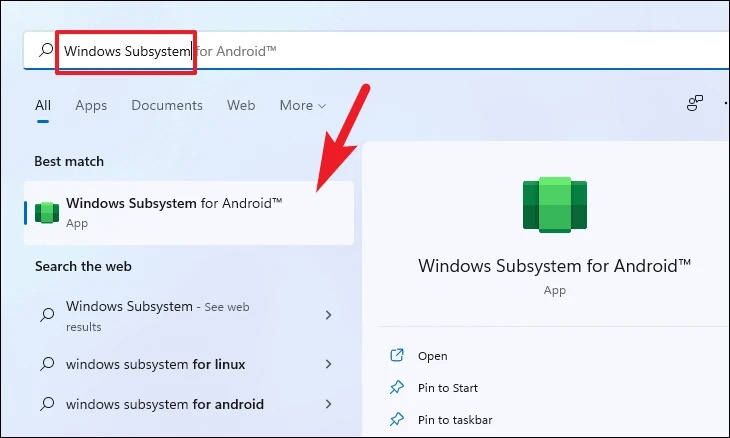
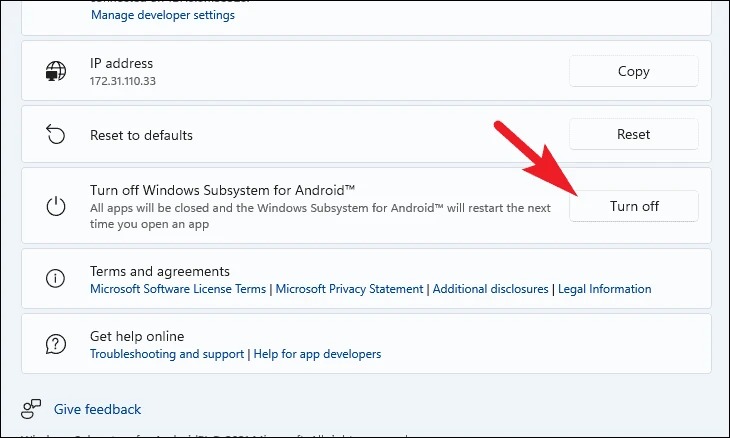


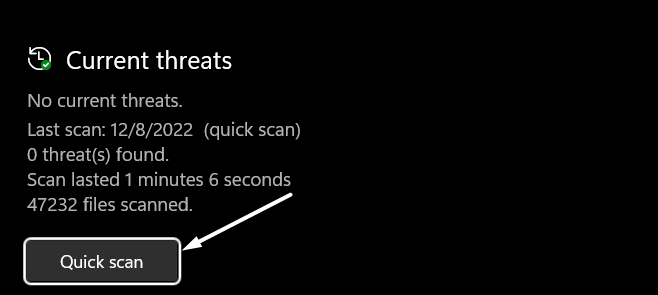


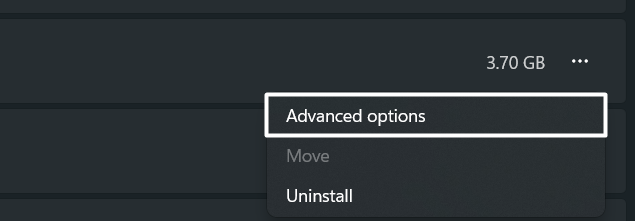
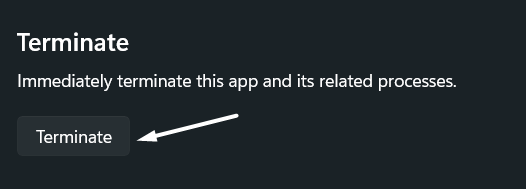




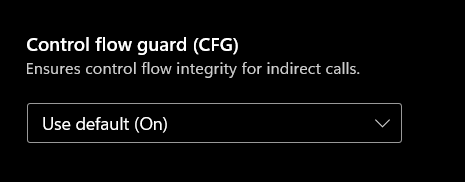






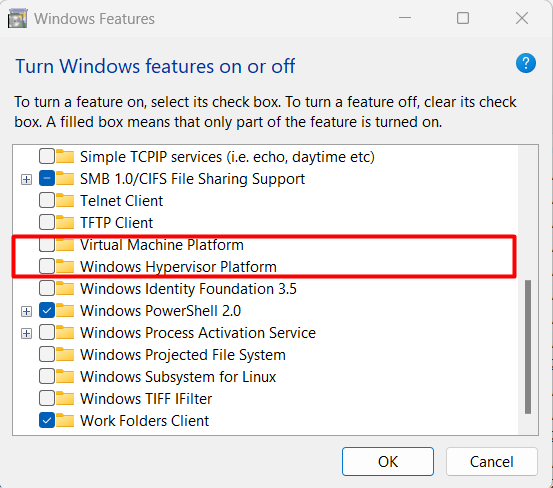

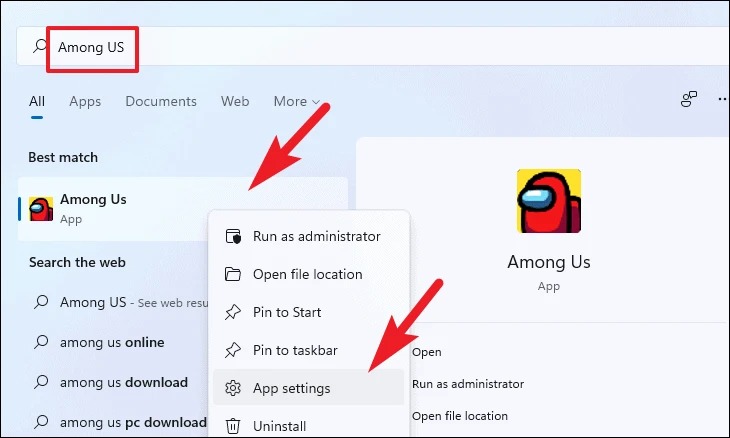


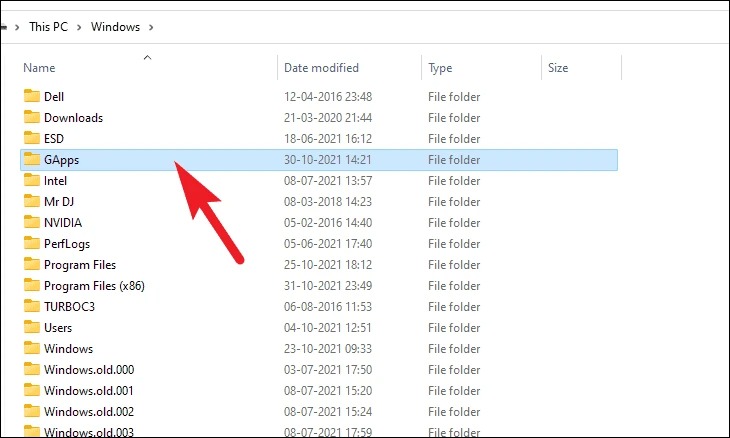
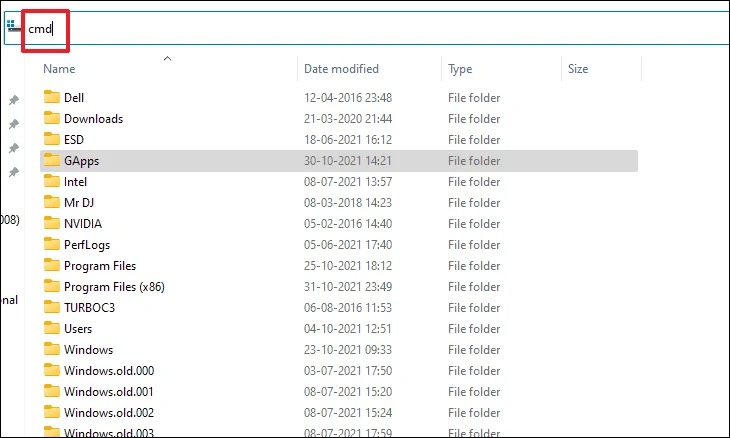
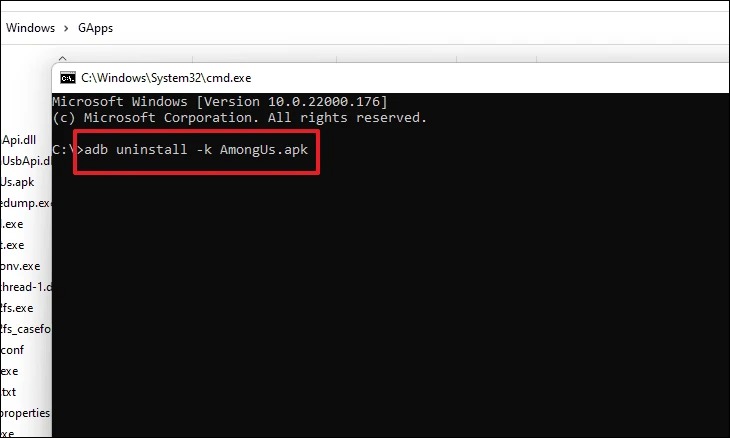
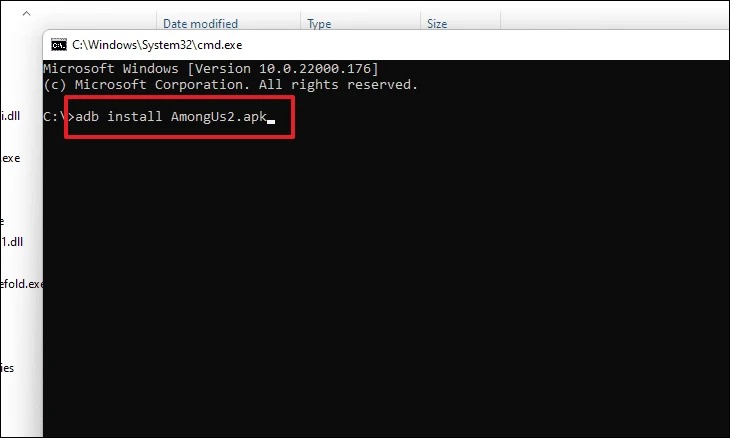
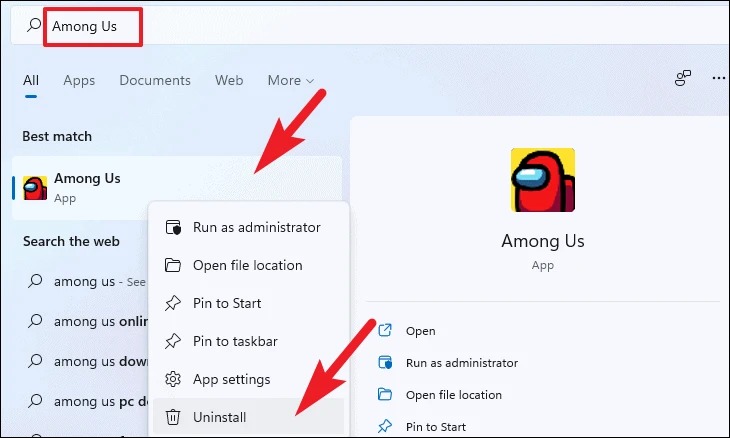
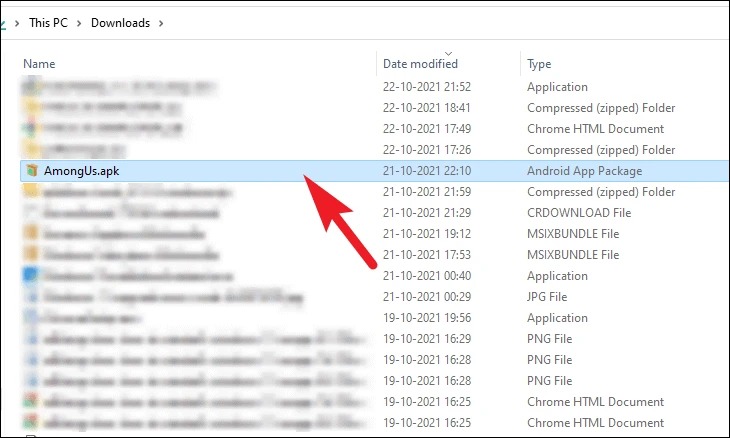






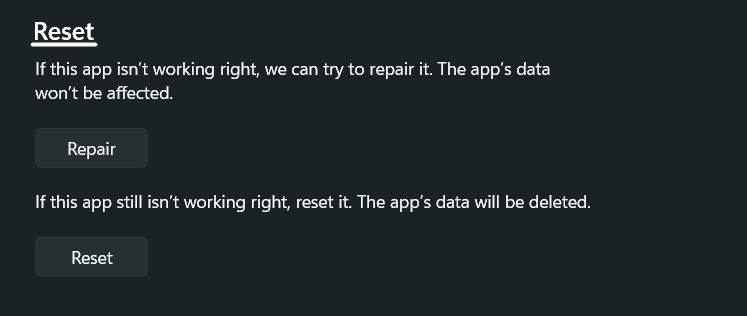

![]()



